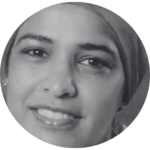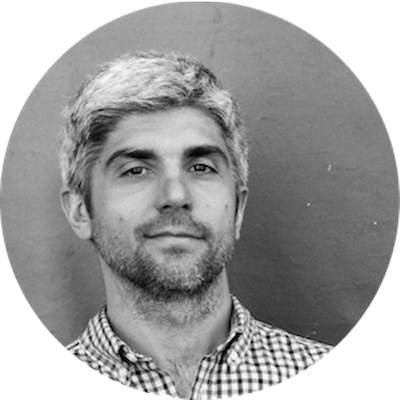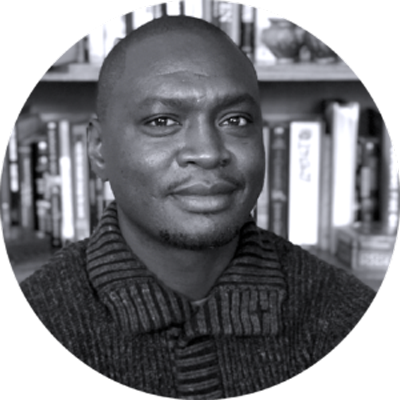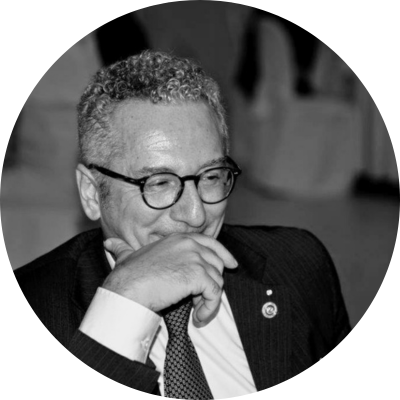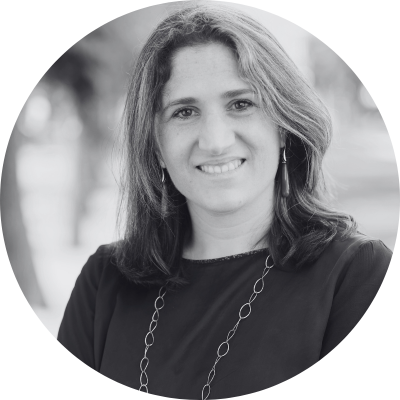
This article is published as part of AP’s work in support of the Youth, Peace and Security agenda, as defined by UN Security Council Resolution 2250 (2015). To learn more about our work and read the other articles published, please click here.
The United Network of Young Peacebuilders (UNOY), together with four of its members (Afghans for Progressive Thinking, the Colombian Fundación Escuelas de Paz, Libya’s Together we Build It and Youth Participation in Peace and Development from Sierra Leone) implemented a youth-led research project entitled Beyond Dividing Lines, which looked at the motivations, enablers and barriers to youth-led peace work in four countries: Afghanistan, Colombia, Libya and Sierra Leone. A total of 241 persons took part in the research, mostly young people engaged in social change activities, for example human rights education in universities, dialogue initiatives at community level, digital civic activism, social entrepreneurship or volunteerism in humanitarian work. The final report stresses the importance of creating and nurturing spaces where young people can express themselves, learn and exercise their civic competences and rights.
The research showed striking similarities across the four countries. Young peacebuilders expressed a strong inner drive to work for the betterment of their communities when asked about their motivations. They felt an urge to take action and a search for meaning, looking at the future, while addressing the challenges of the present.
“Young people are motivated by transformation, the search for internal and external peace, to find something to do that gives meaning to our journey”. Young woman from Colombia.
“…my involvement in media made me contribute to the society and it resulted in founding a youth organisation in 2012 to support youth engagement in society”. Young woman from Afghanistan.
“To me, preaching peace is a way of life, my vision in life is to liberate the minds of Sierra Leoneans from the negative past to a future that is happier, safe and peaceful”. Young man from Sierra Leone.
Yet, the research also showed how this drive was not enough for young people to play a positive role in peacebuilding efforts. What we found as also vital was a supportive environment. Young people could engage more deeply when they had the support and trust of their families, peers and the community. Many of them mentioned how important it was for them to feel safe to express themselves and be seriously listen to.
“We have learned that there are other young people who are also doing activities like us… What motivates young people to get involved in civic activities is to find support from other youth processes, that is why it’s so important to create solidarity networks”. Young Colombian man.
Three key elements mentioned by active young leaders were recurrent across the four countries. First, family and friends’ support, especially for young women, is necessary. Young people whose civic activism was positively viewed in their communities, felt more encouraged to sustain their work. Secondly, pluralistic spaces and opportunities created by civil society organisations, in many cases, led by youth or more informal safe spaces were seen as vital for success. Young people reported that they found motivating to gain professional skills through their civic engagement and enlarge their social networks. And thirdly, institutional support, either by local or national governments, must be present. For example, young leaders from Sierra Leone mentioned how useful it was for them to have a legal framework for youth participation as evidenced in the National Youth Policy and the National Youth Commission Act of 2010.
Importantly, however, young people could only thrive when they found safe havens – that is, spaces of refuge and security, spaces where they felt welcome, supported, trusted and free to share their opinions. This meant feeling accepted for what they were and believed in. This was possible in pluralistic spaces, facilitated by other youth or educators, most commonly part of youth networks, civil society or educational actors. These spaces were safe as they upheld democratic values and believed in the importance of young people’s education and socialization during the difficult transition to adulthood, particularly in the midst of social polarisation and violence. Youth mentioned having profited from trainings and opportunities, but above all, they appreciated the social bonds and networks of solidarity created through in these activities.
The project found that despite the challenges of living in societies affected by violent conflict, young people have the motivation to work for peace, pushed by the need to look forward and remain hopeful. This was evidenced by the many types of activities joined and organised by young people, which were, in many cases, very creative to circumvent multiple obstacles. This is why it is of crucial importance to treasure this motivation and build on it.
Creating, and most importantly, sustaining such safe havens can therefore be crucial to accompany and foster the path of individual and societal transformation from violent conflict to peace. One-time projects may sensitise youth, but what makes them peacebuilders is a longer-term process of empowerment and being part of a group and a broader network and movements of social change leaders.
Examples of youth-friendly spaces are schools where youth are given the space to organise extra-curricular activities; youth-led associations and CSOs where youth can access educational opportunities and be supported when deciding to engage in civic actions; social centres or arts centres, which are often community owned and where youth can develop artistic activities and express their opinions freely; or consultative spaces, facilitated by governments, where youth feel they are taken seriously. In other words, spaces and activities where youth participation is meaningful and which could be categorised as belonging to the upper rungs of Hart’s Ladder of Participation.

Finally, opportunities for engagement created by youth themselves or other civil society and community organisations are fundamental to enable youth civic engagement. These activities create chances for young people to develop their own identities and views, and at the same time learn about the “other” in less biased and more respectful ways. In turn, this contributes to diffuse negative perceptions of ‘others’ and humanises all groups, particularly in polarised and wounded societies. Supporting, sustaining, enhancing and scaling up these youth spaces are fundamental tasks to keep nurturing the development of democratisation and peacebuilding efforts.
Celina Del Felice is a Senior Advisor for the Agency for Peacebuilding. She wrote this article on behalf of the team responsible for the research project, which was composed by Rashmi Thapa, Ali Fayez, Rawan Khalfalla, Nathalie del Mar Legro, Elmhadi Mohamed Abdulsalam, Khatera Danish, Juan Valderrama, Melvin Sharty, Mamie Kanyako.









